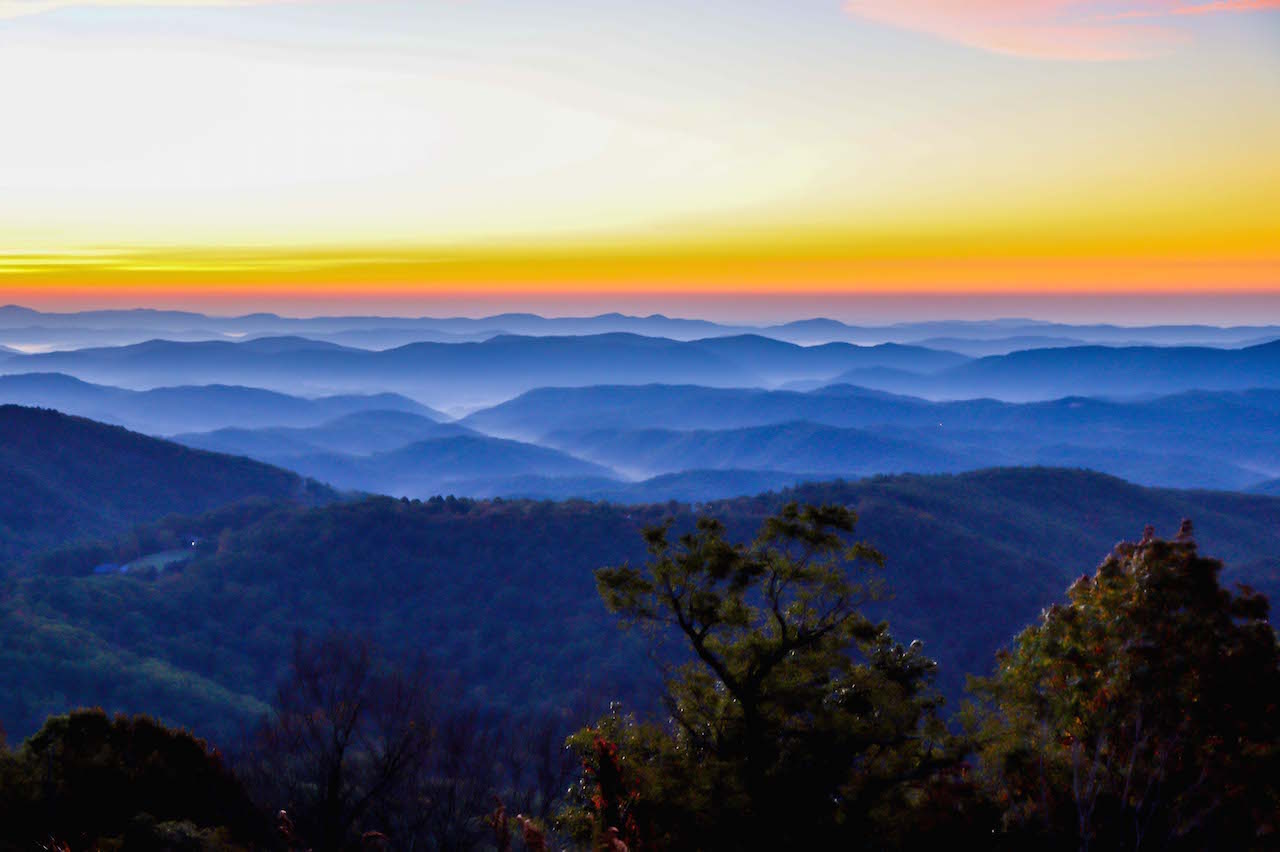India, a nation steeped in history and culture, is a tapestry woven from a multitude of threads—each representing different traditions, languages, and beliefs. This vast subcontinent boasts a plethora of wonders that evoke not only awe but curiosity in equal measure. Herein lie some fun facts about India, exploring its diversity, festivals, and timeless attractions that beckon both domestic and international travelers alike.
Diversity: The Essence of India
One of the most astounding aspects of India is its cultural and linguistic diversity. The country is home to over 1.4 billion people, speaking more than 1,600 languages. In fact, the Constitution recognizes 22 official languages, including Hindi, Bengali, Telugu, and Marathi. Such linguistic variety captivates travelers, showcasing how language acts as a bridge as well as a barrier, influencing social interactions and cultural expressions.
India’s geographical expanse contributes significantly to its diversity. Ranging from the snow-capped peaks of the Himalayas in the north to the sun-kissed beaches of Goa in the south, and the arid deserts of Rajasthan in the west to the lush tea gardens of Assam in the east, each locale presents its unique culture, cuisine, and customs. The diversity of flora and fauna is equally impressive; India ranks as one of the 17 megadiverse countries in the world, providing sanctuary to a plethora of wildlife, including the majestic Bengal tiger and the lesser-known but equally fascinating Indian pangolin.
Festivals: A Celebration of Life
India’s festival calendar is a vibrant tapestry, illustrating the country’s dominance of celebratory zeal. Festival occasions serve not only as a means for familial gatherings but also promote cultural and spiritual practices, providing insight into the diverse traditions that flourish across the nation.
Take Diwali, for example, also known as the Festival of Lights. Celebrated by millions, this Hindu festival symbolizes the victory of light over darkness and good over evil. Illuminated diyas (small oil lamps) and explosive firecrackers decorate the otherwise tranquil night, marking the triumph of Lord Rama over the demon king Ravana. Beyond its religious significance, Diwali has seamlessly transcended faith, becoming an occasion that engages communities across religions, fostering unity and harmony.
In stark contrast, Holi, often referred to as the Festival of Colors, is celebrated with exuberance and vibrancy. Participants throw colored powders at one another, transforming public spaces into kaleidoscopic landscapes. Holi signifies the arrival of spring and the end of hostilities, with “bura na mano, Holi hai!” (don’t be offended; it’s Holi) echoing through the air, capturing the spirit of forgiveness and camaraderie.
Moreover, Eid, Gurpurab, and Christmas represent yet another layer of India’s religious pluralism. The nation’s diverse festivals reflect a rich tapestry of beliefs and customs, making it an ever-engaging cultural mosaic.
Timeless Wonders: Architectural Marvels
India’s architectural heritage is replete with timeless wonders that tell stories of bygone eras. Among these, the Taj Mahal stands as an emblem of love and artistry. Built by Emperor Shah Jahan in memory of his wife Mumtaz Mahal, this ivory-white marble mausoleum is a UNESCO World Heritage Site and attracts millions of visitors annually. Its pristine beauty, intricate carvings, and symmetrical gardens evoke the artistry of the Mughal architecture, leaving an indelible mark on those who behold it.
Rajasthan, the land of kings, is another treasure trove of architectural splendor. The colorful Hawa Mahal, or Palace of Winds, is notable for its honeycomb structure adorned with intricate latticework. Furthermore, the magnificent forts of Jaisalmer and Amber narrate tales of valor and tradition, brimming with exquisite detail and historical significance. Each structure acts as a testament to the craftsmanship and ingenuity of ancient artisans, their stories intricately woven into the walls.
Beyond palatial grandeur, the ancient Varanasi Ghats reveal a different perspective on timelessness. Nestled along the banks of the sacred Ganges, these steps have served as a stage for spiritual rituals, embodying the essence of life, death, and rebirth—a continuous cycle that transcends time. Visitors often find themselves engaged in a contemplative journey as they witness the evening aarti ceremony, bathed in the glow of flickering flames against the backdrop of Kashi’s ethereal ambiance.
India’s Cuisine: A Gastronomic Odyssey
No exploration of India could be complete without mentioning its culinary diversity. The cuisine varies significantly from region to region, often influenced by local produce, climate, and ethnicity. From the spicy curries of South India, often served with rice, to the delectable kebabs of the North, the palate experiences a journey like no other.
The tantalizing spices used in Indian cooking—turmeric, cardamom, and cumin, among others—not only enhance flavors but also carry immense health benefits. Street food culture, deeply embedded in Indian society, presents an opportunity for gastronomic exploration. Dishes like pani puri, vada pav, and chaat are not merely food items; they are cultural experiences that spark delight and intrigue.
Conclusion: A Land of Endless Fascination
India is a land where diversity reigns supreme, where every festival ignites celebration, and where wonders of the past speak to the present and future. From languages to cultural practices, from festive spirit to culinary delights, every facet contributes to a captivating mosaic. Visitors to India are often left with a sense of awe—a realization that beneath the surface lies a world replete with stories waiting to be unraveled. Embrace the journey, for in India, there is always more than meets the eye.





